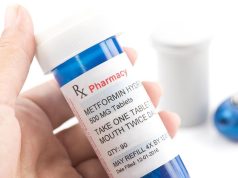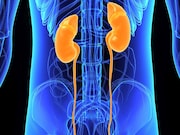Common Therapy for Obstetric Cholestasis Found Ineffective
Treatment with ursodeoxycholic acid versus placebo yielded no significant difference in outcome
Addition of Sotagliflozin for T1DM Alters Renal Hemodynamics
Addition of SOTA tied to reductions in estimated glomerular filtration rate, blood pressure
FDA: Approval of Zolgensma Was Based on Manipulated Data
Despite inaccurate data, FDA says it is 'confident that Zolgensma should remain on the market'
Strong SSRI May Be Tied to Small Decrease in Ischemic Stroke Risk
Rate of myocardial infarction similar with current use of strong, weak selective serotonin reuptake inhibitors
Medicare Spending on Essential Medicines Up 116 Percent From 2011 to 2015
22 percent of increased total spending due to higher per-unit cost of existing drugs
Completion Rates of Recommended Vaccines Lower for Preemies
Rate of completion lower for seven-vaccine series by 19 months and 36 months of age
Reporting of Results Often Biased in Psychiatry, Psychology Trials
Fifty-six percent of trials had spin in abstract; no correlation seen for industry funding with spin
Vaccination Does Not Up Risk for Developing Multiple Sclerosis
Odds of MS lower in participants with vaccination, especially for influenza, tick-borne illness
High-Intensity Lipid Lowering May Aid Very Elderly After ACS
Benefit of simvastatin-ezetimibe combo after acute coronary syndrome greatest for patients ≥75 years
Poor Pneumonia Outcomes Tied to Overuse of Broad-Spectrum Antibiotics
Poor outcomes include higher mortality, longer hospital stay, and greater risk for C. difficile infection



















